Velocity Based Training (VBT) has shown its efficacy in strength science for decades. It affords athletes the ability to infuse their training with highly effective training methods such as autoregulation, one rep max estimation, fatigue monitoring, and has the potential to replace Percentage Based Training (PBT) altogether. Unfortunately, until very recently there has been essentially no affordable solution available for the average lifter to record velocity data. Devices like the Push strength band, Myotest, Atlas and others (.) are bridging the gap, but affordability and accuracy are still a barrier to wide adoption.
OpenBarbell hopes to change that by introducing the lowest possible barrier to entry to VBT. We aim to make a device that is very inexpensive, incredibly accurate, and as simple as possible to use. In order to reach critical mass adoption, we think the open source hardware path is the only way to go for a few important reasons:
- The current market is relatively small. It's promising that there is recent investment in products to accomplish this task, but these products tend to dilute base VBT functionality in an effort to increase market applicability, or increase price in proportion to their niche status, or both. If we were to undergo the formal product development process, the same thing would happen to OpenBarbell.
- That being said, a good (and cheap) VBT product cannot reach optimal functionality without contributions from the open source community. There are a lot of smart people out there and we hope a small chunk of them are as excited for this tech as we are. If somebody wants to implement Olympic Weightlifting functionality, by all means fork our code. If a sprinter wants to mount it to their starting blocks, and magnetically attach it to their running shoe to measure take-off velocity, go ahead and edit our model files to suit your needs. Rather than pay for development on a proprietary platform, the platform should be open and development can happen around it.
- Consumer education is a significant hurdle for VBT. If we can get a small user base to buy or assemble their own OpenBarbell, we can help breed an educated and enthusiastic user base to spread the gospel of data driven training.
 seminolemuscle
seminolemuscle









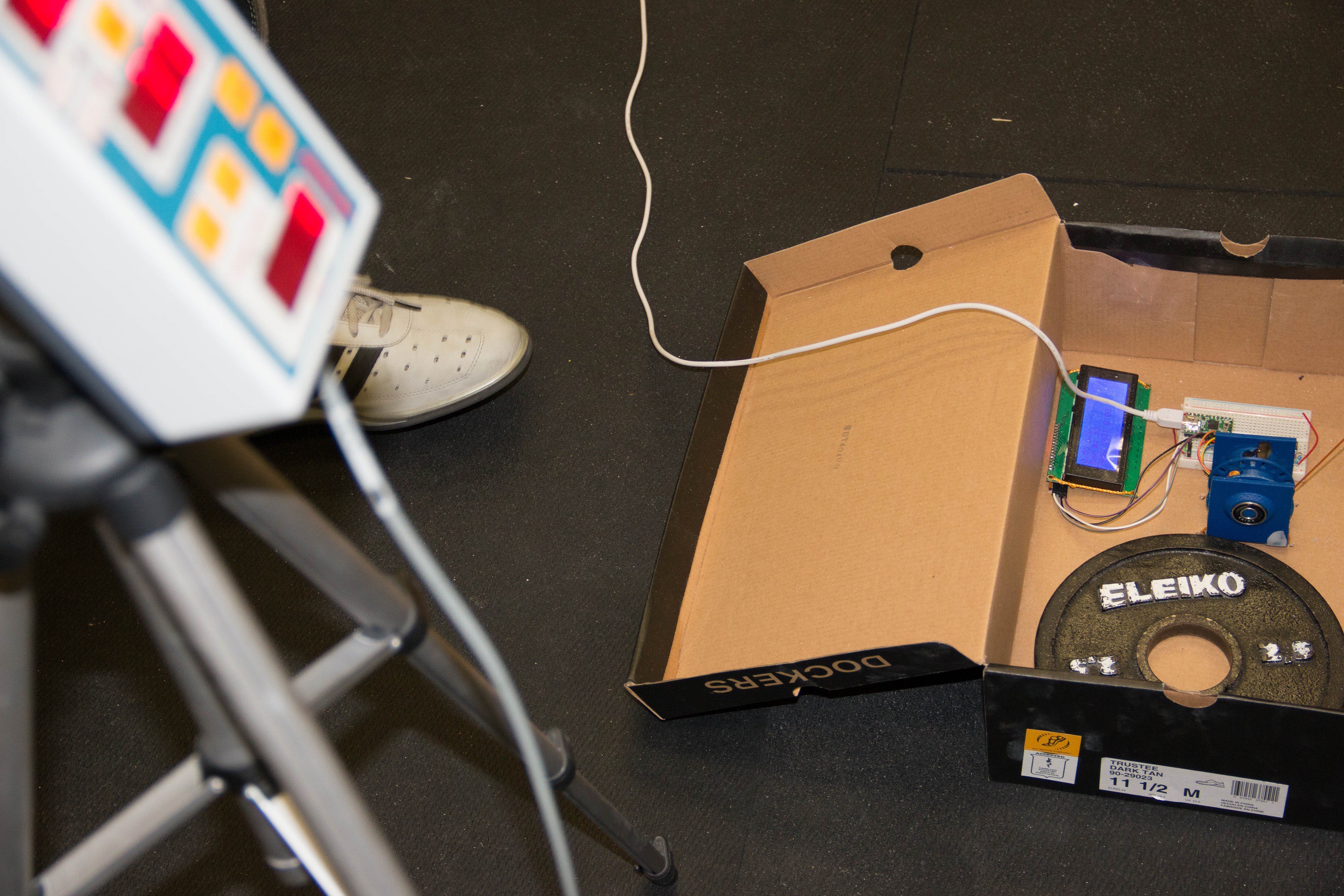
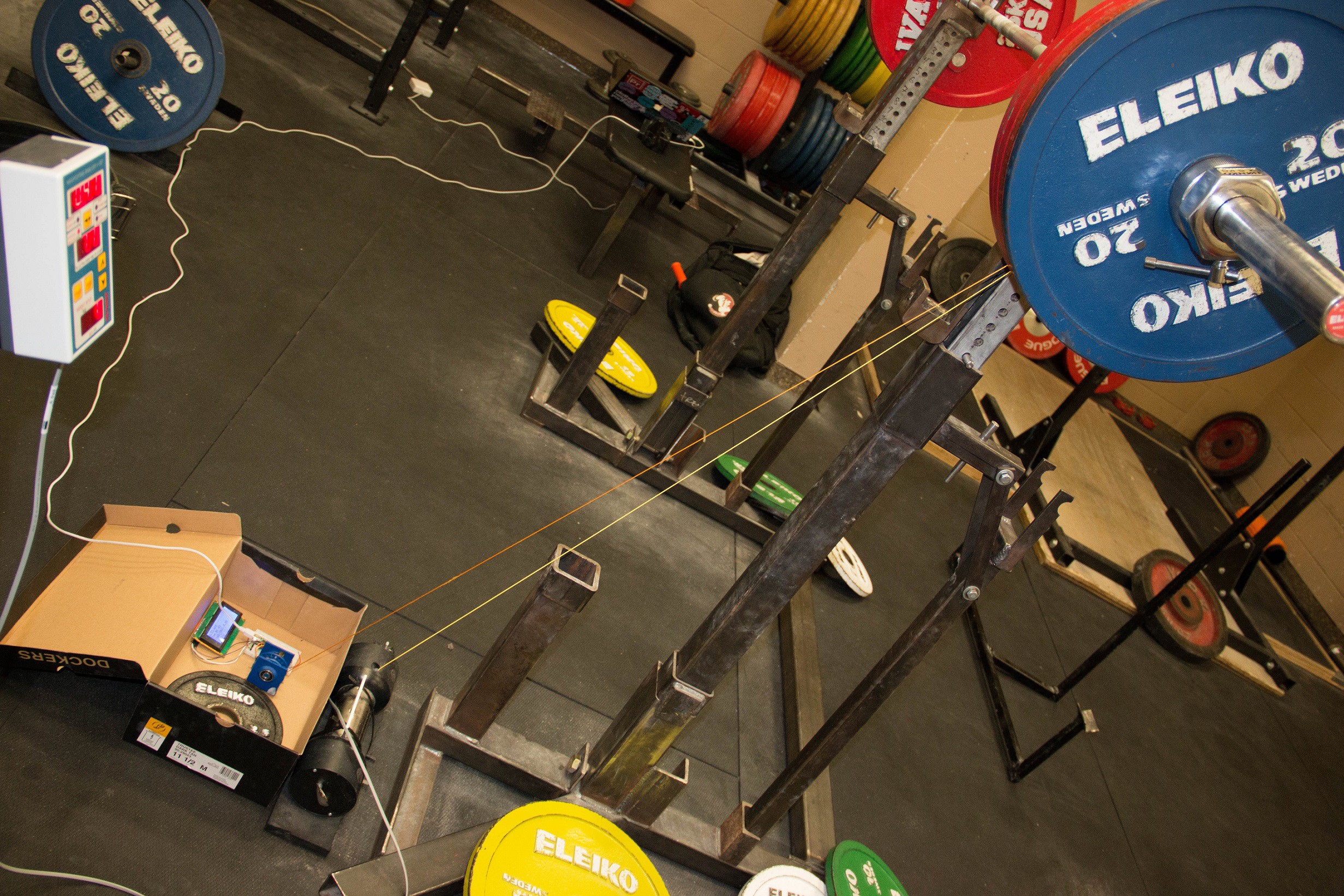
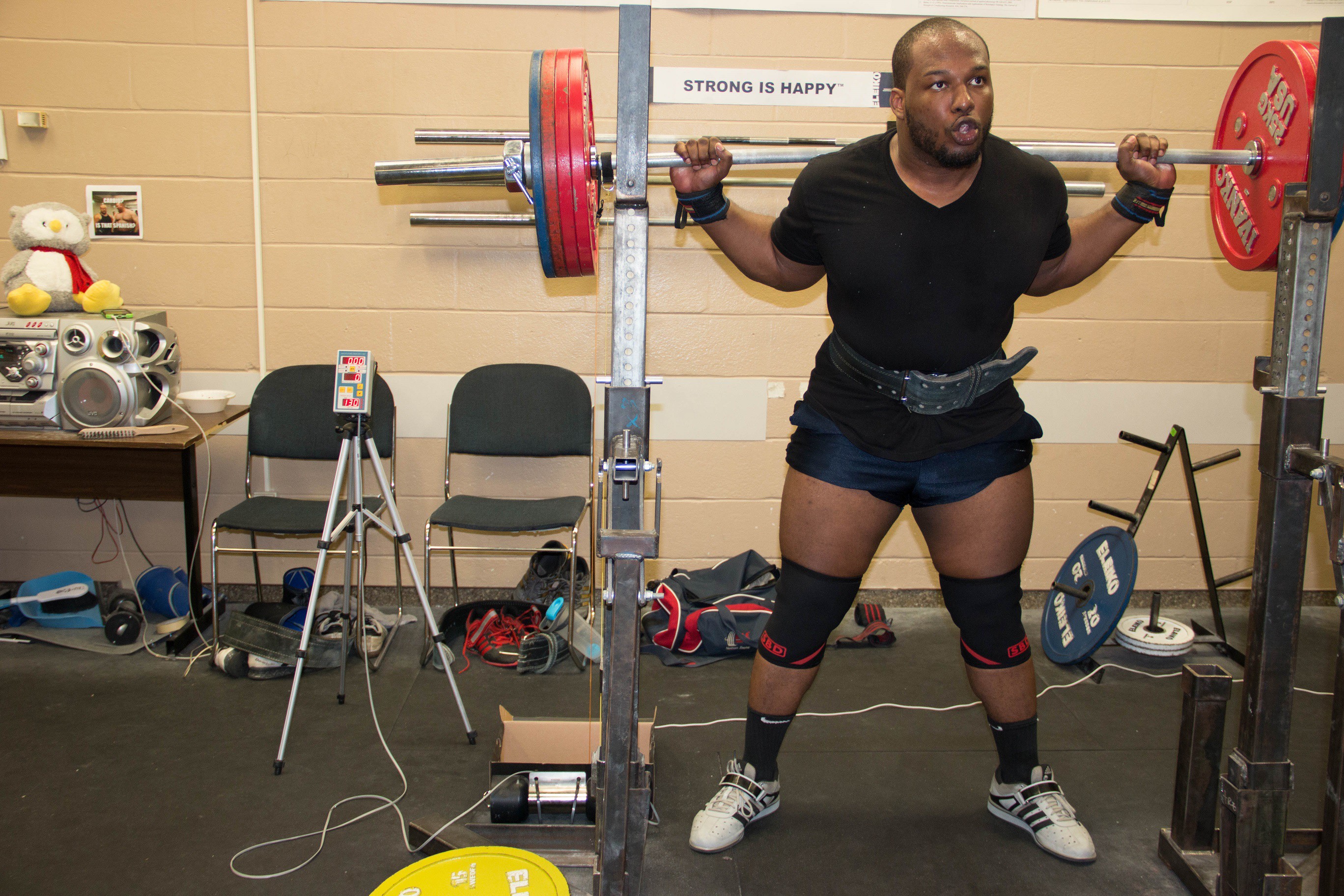
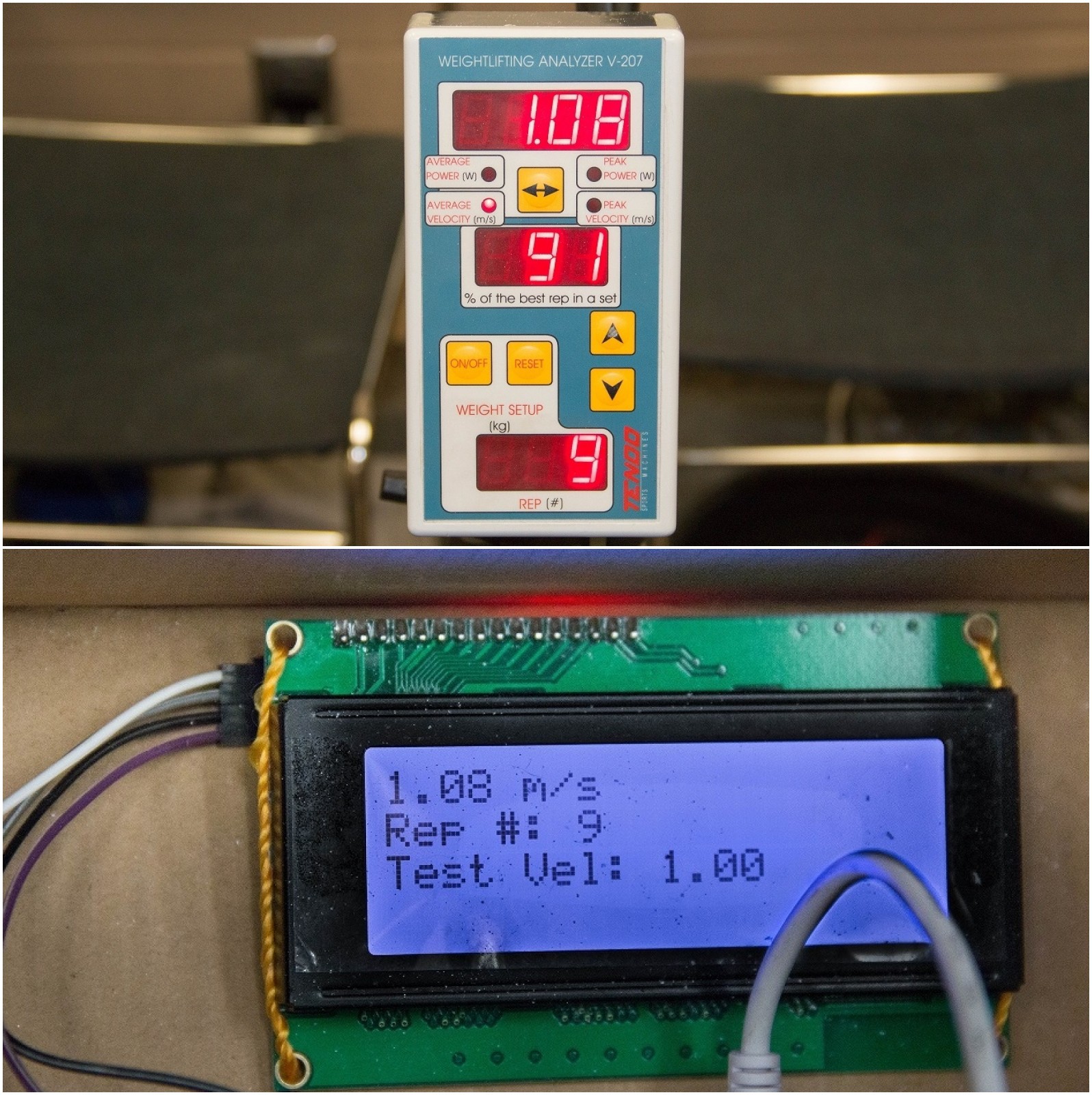
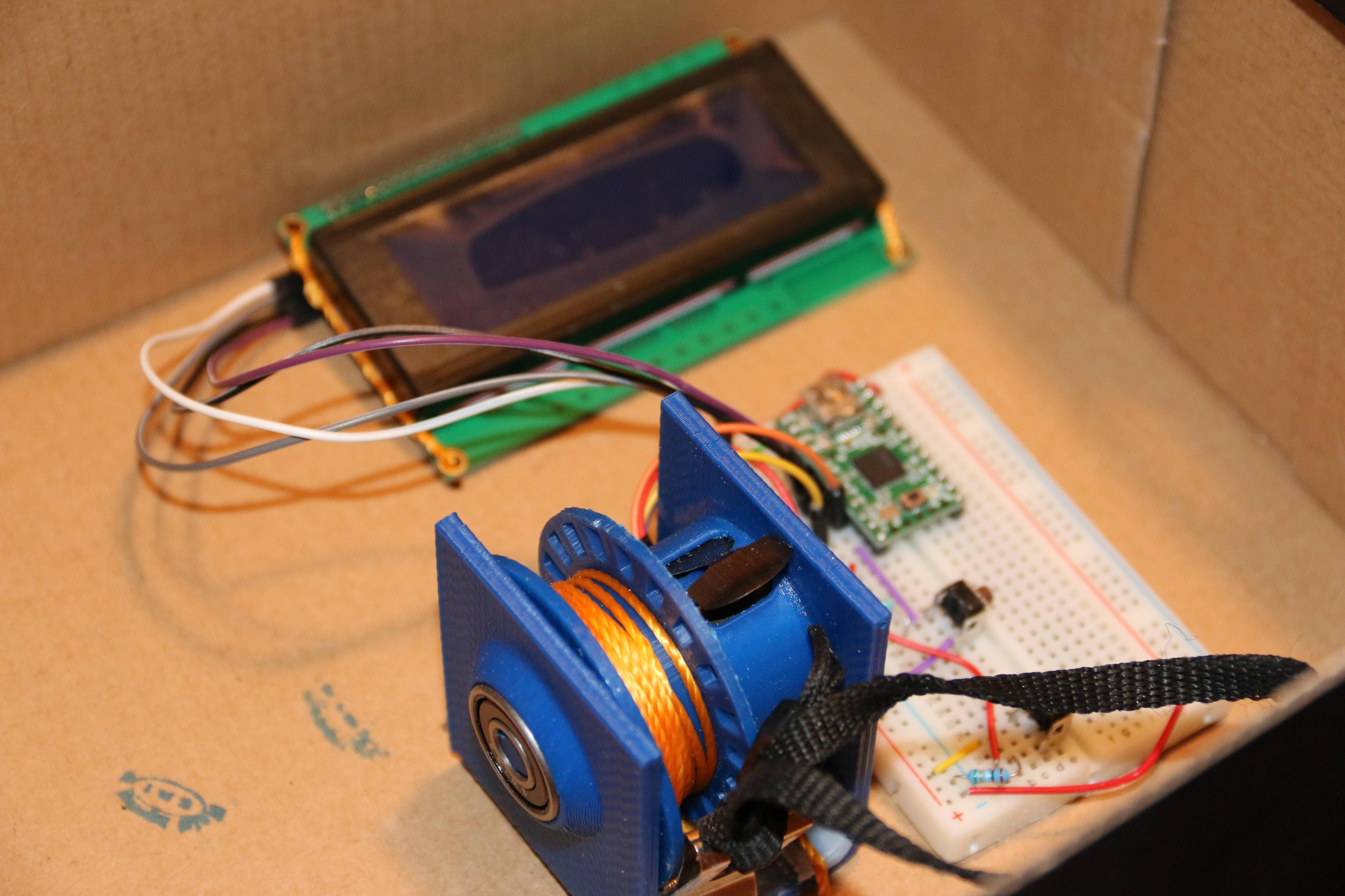
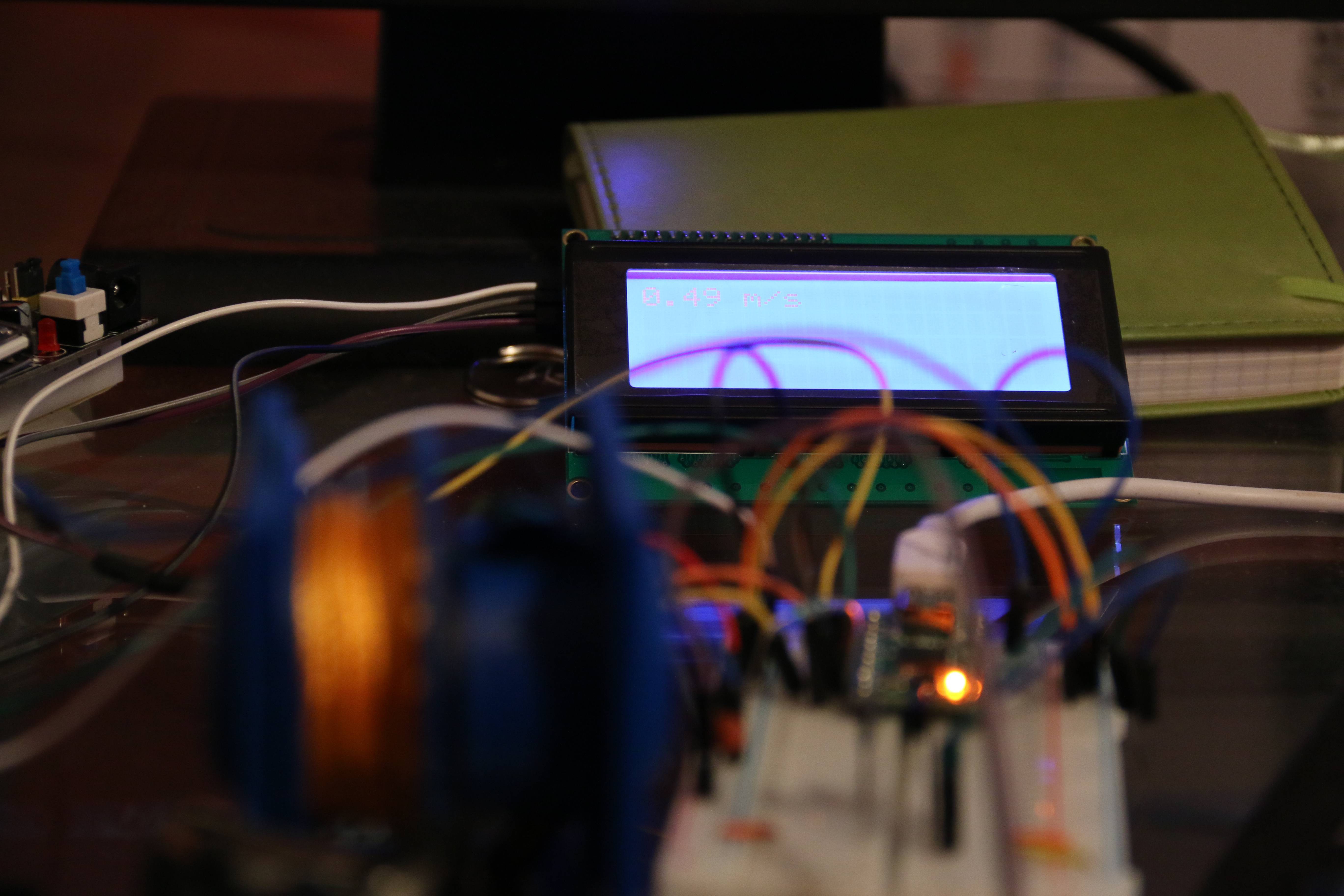
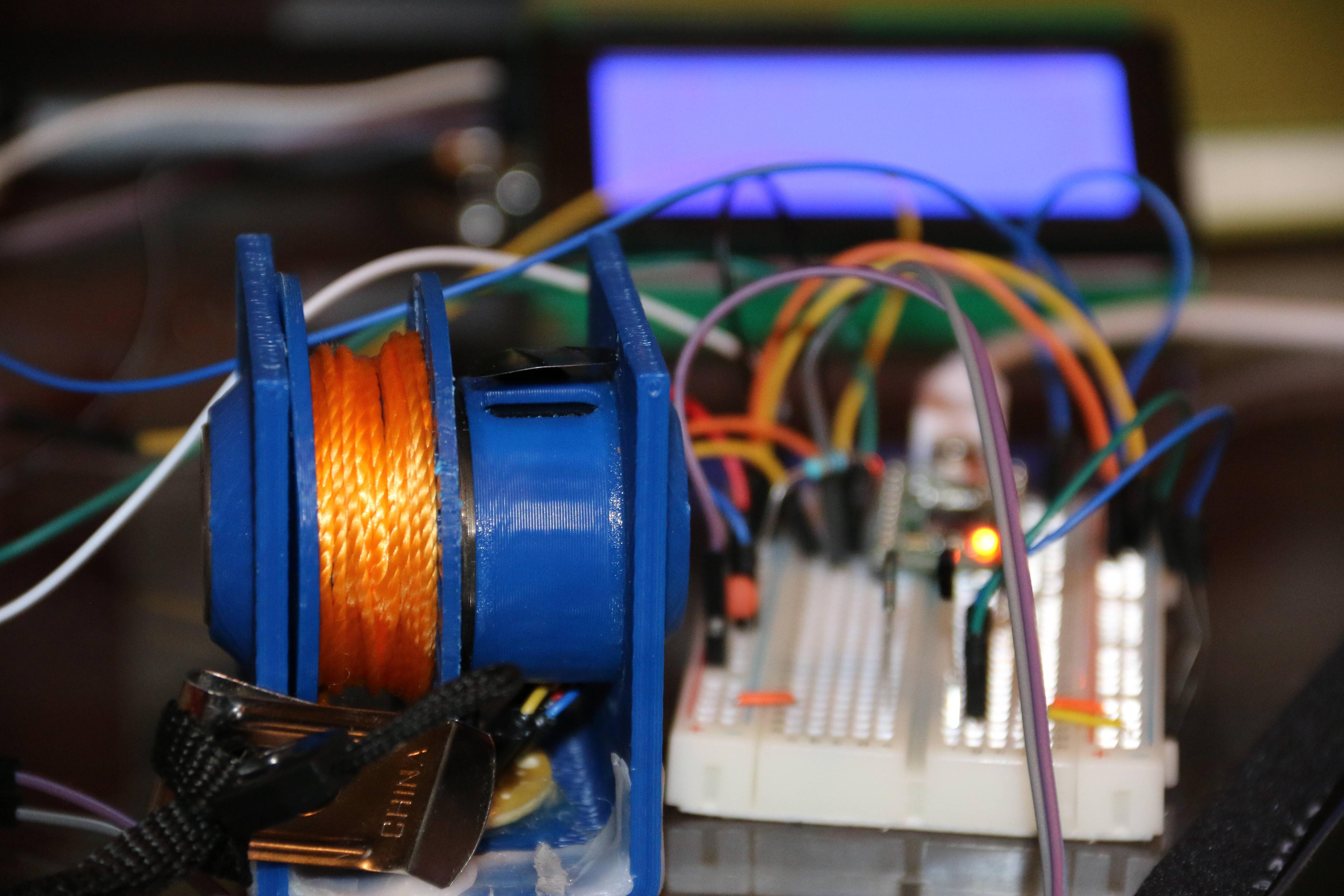
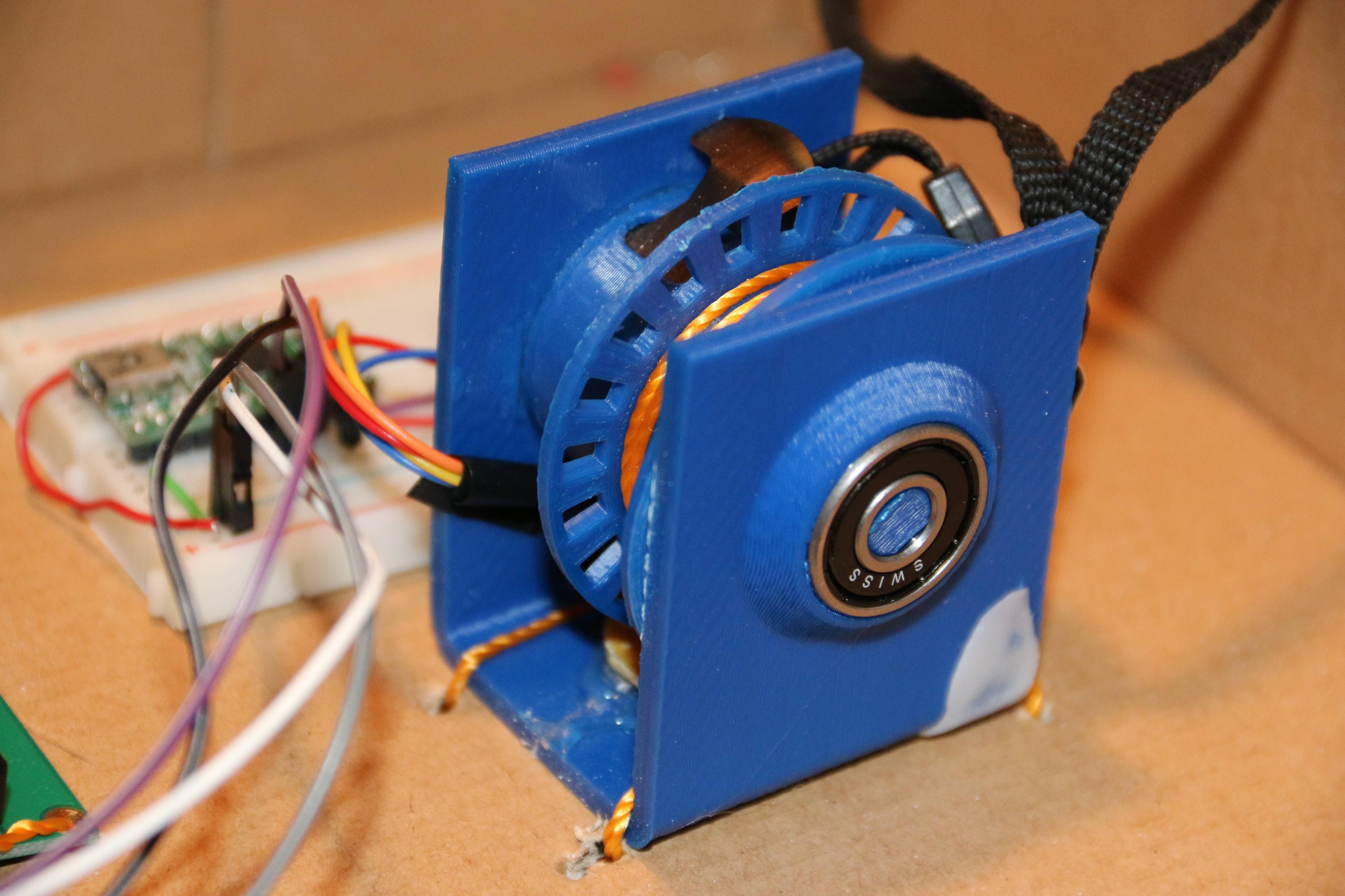
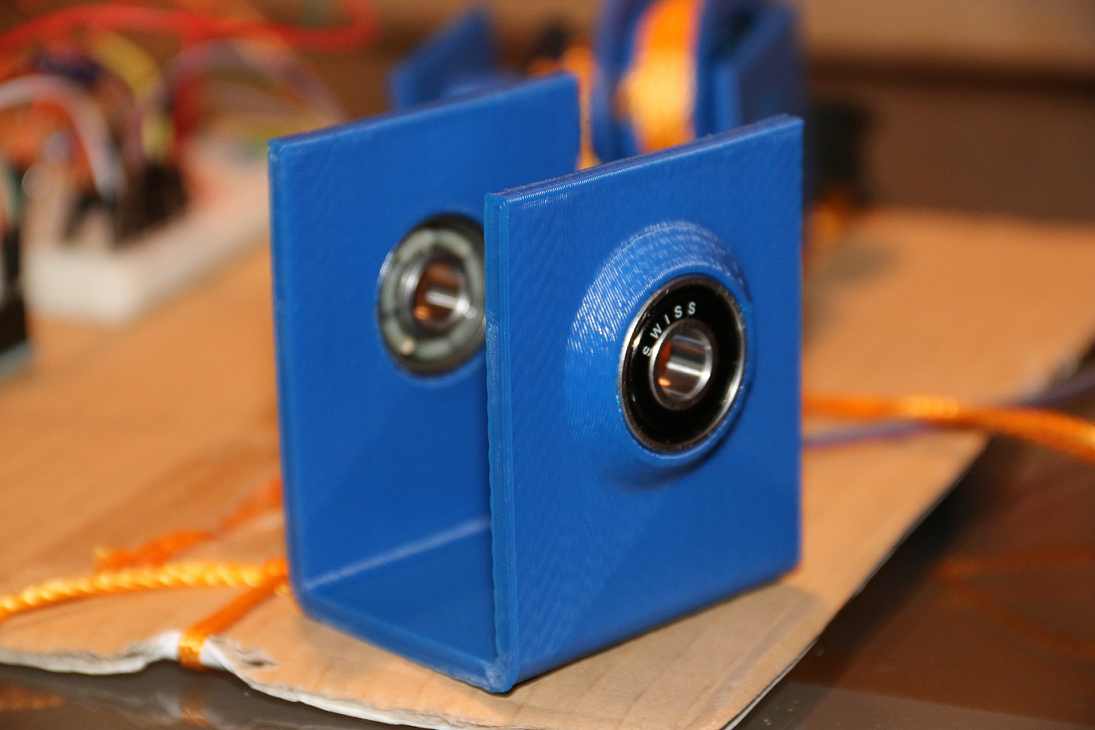
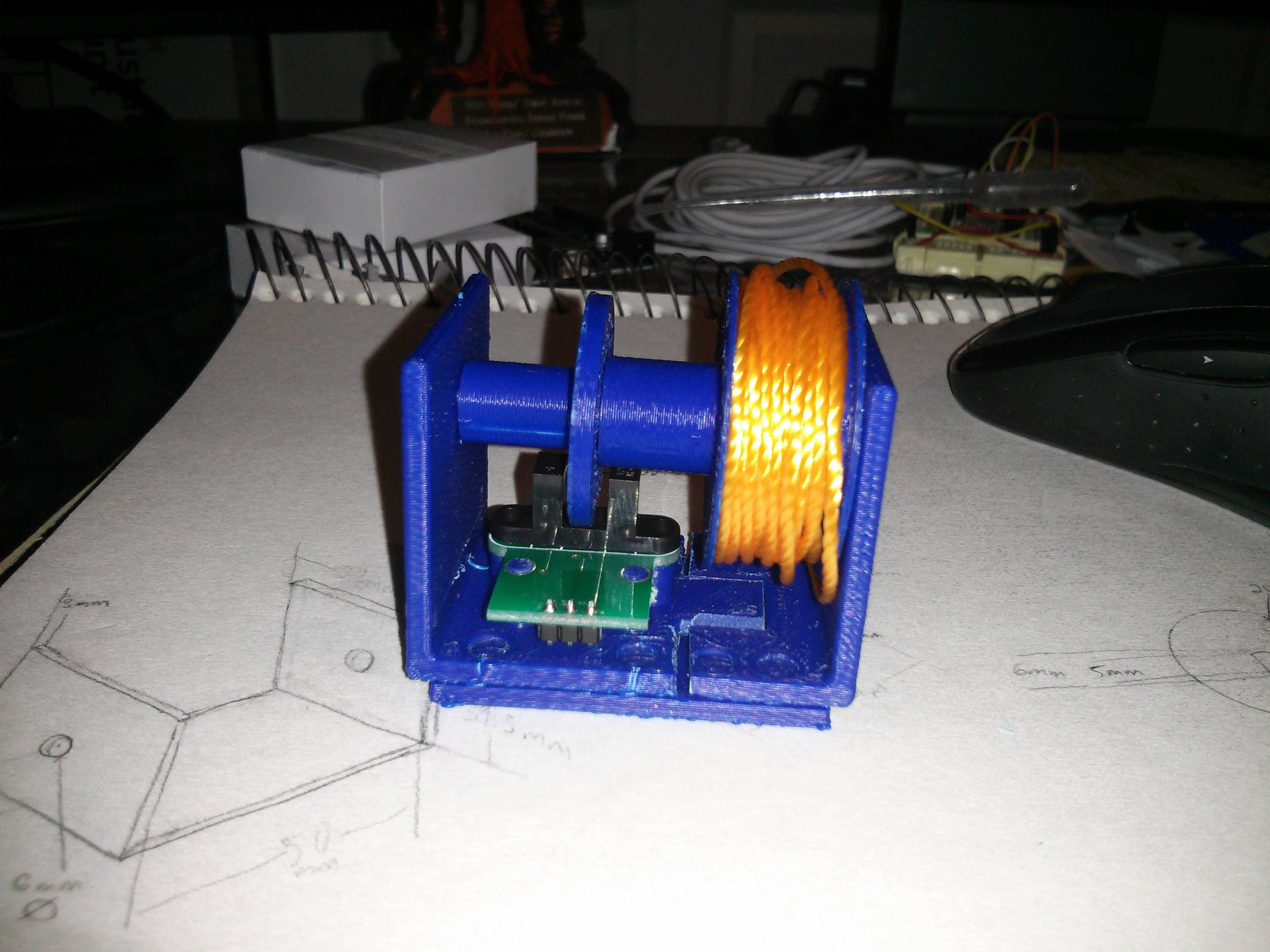

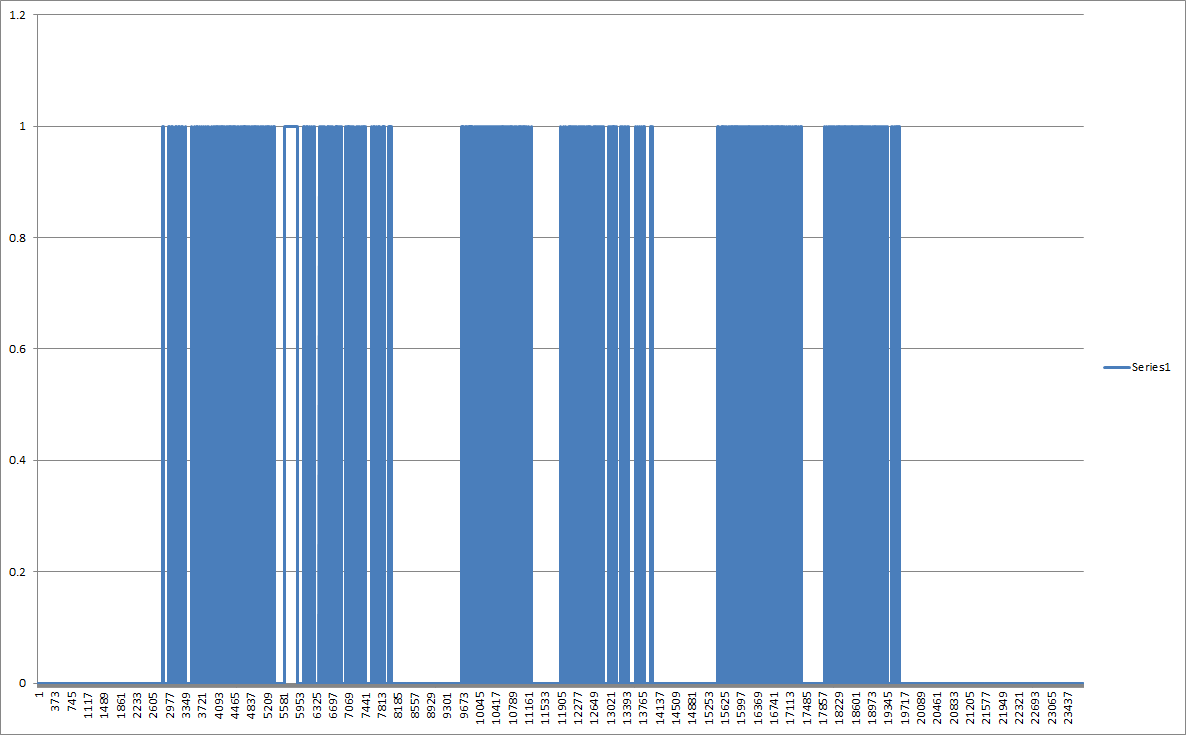
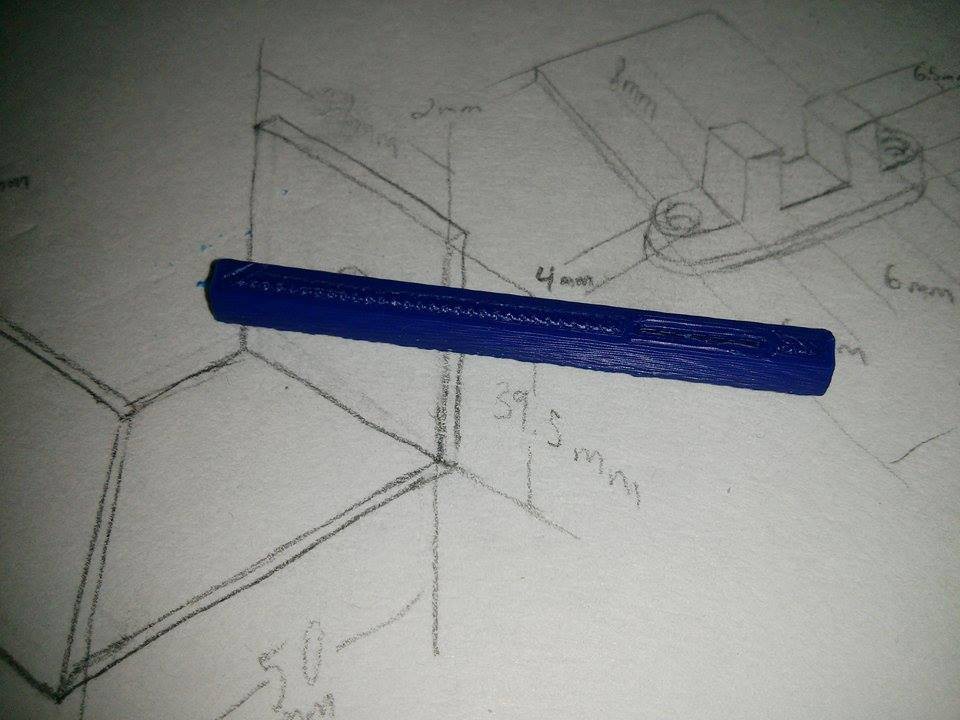
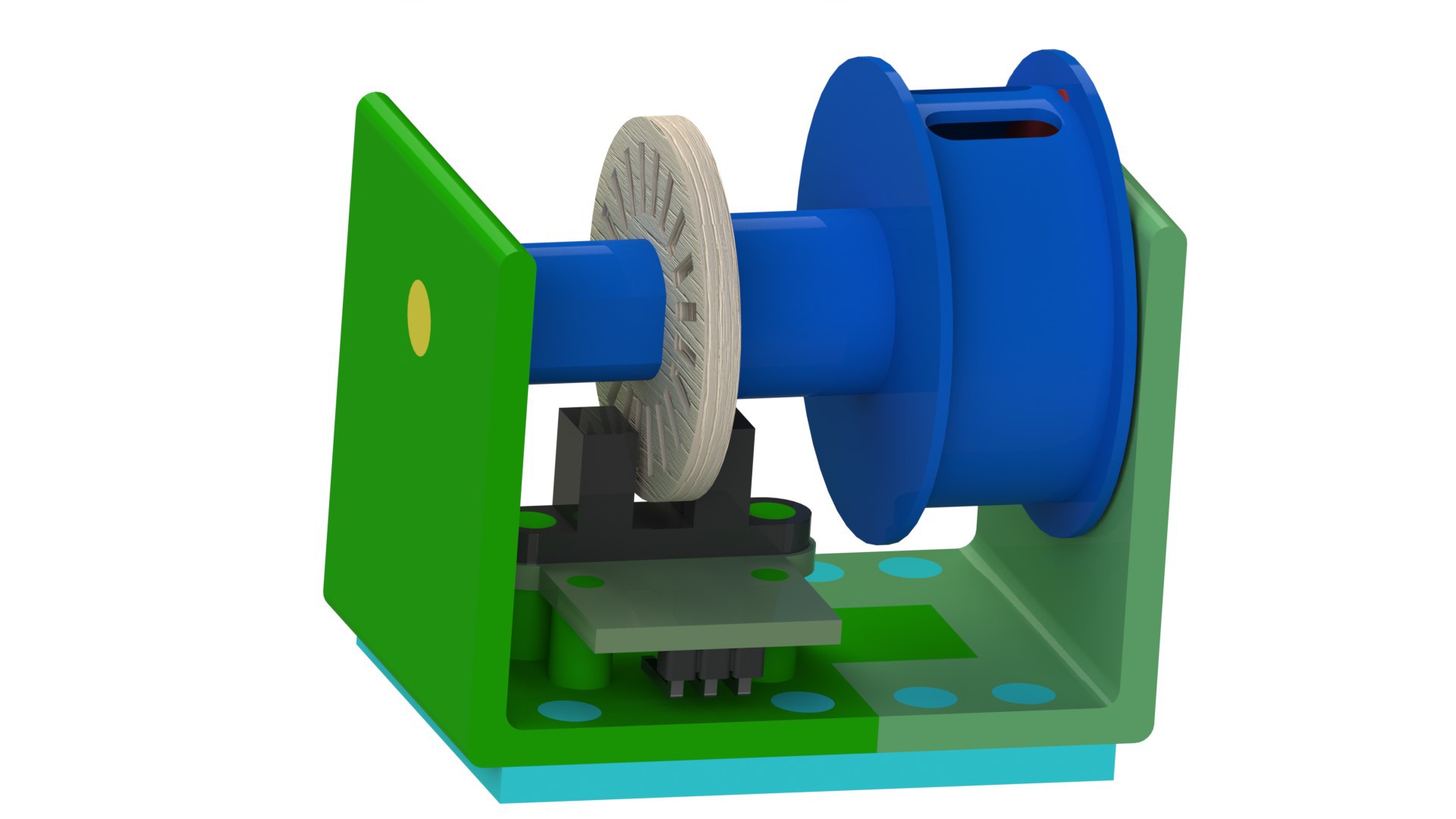

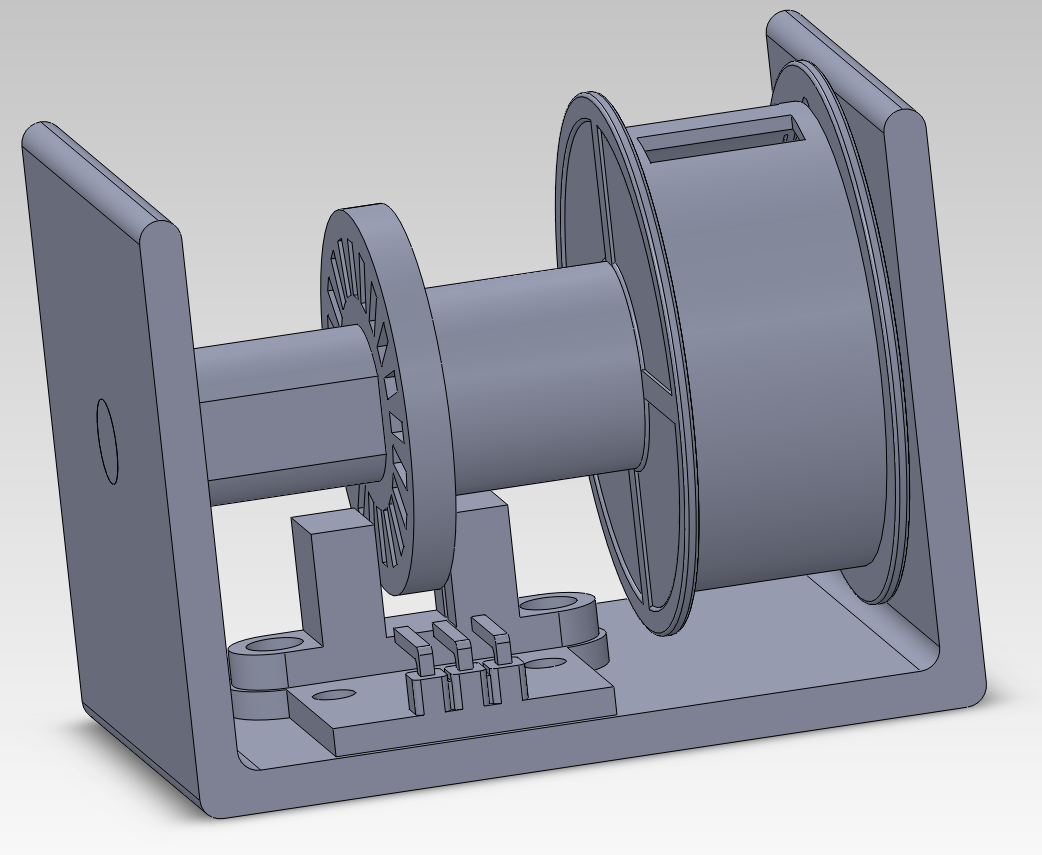
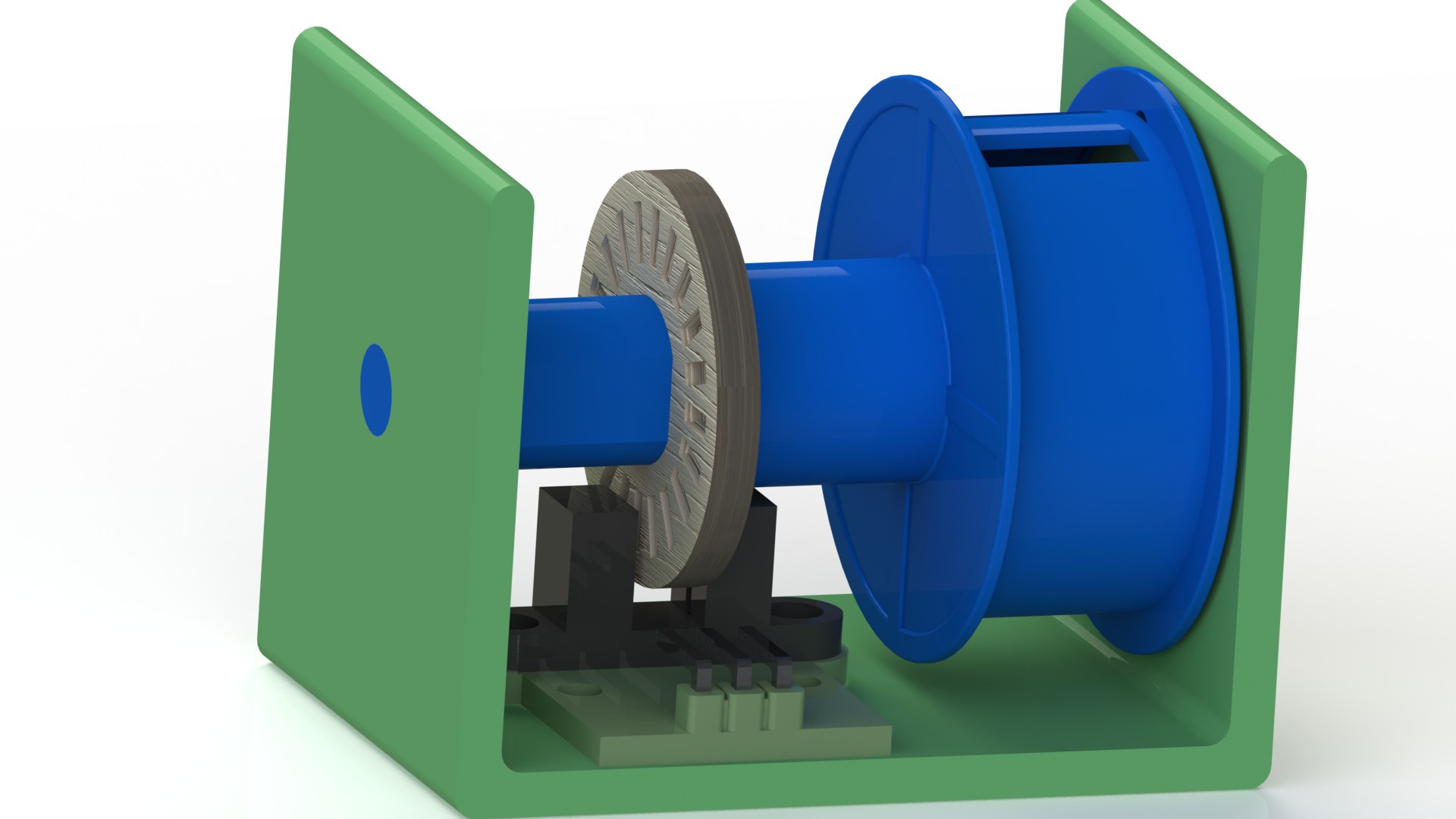
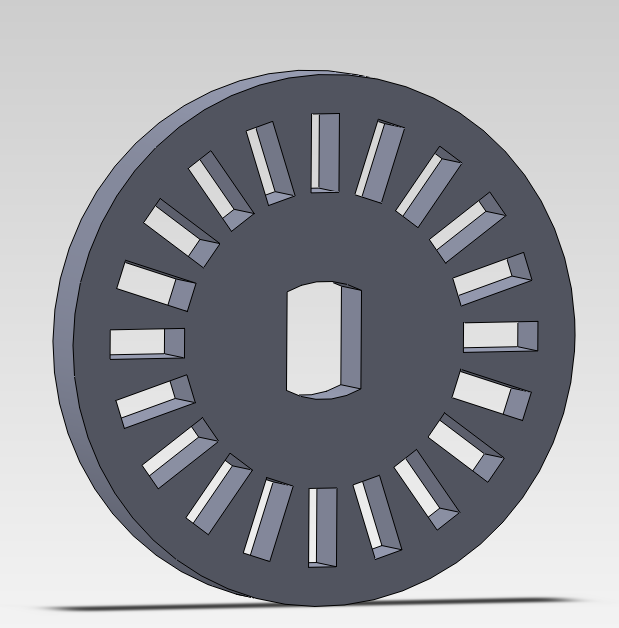
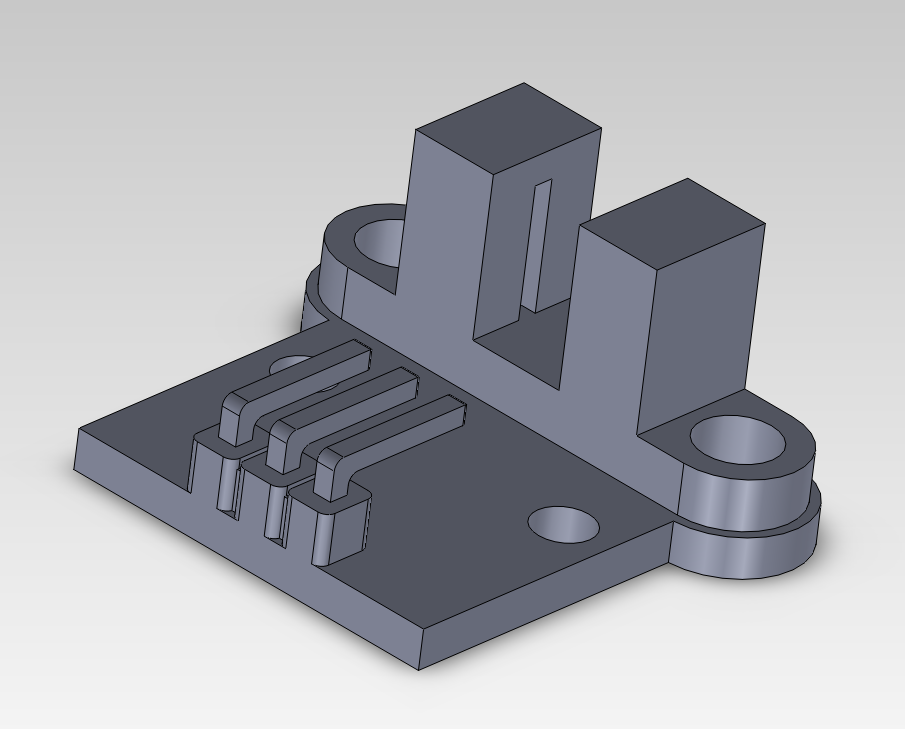
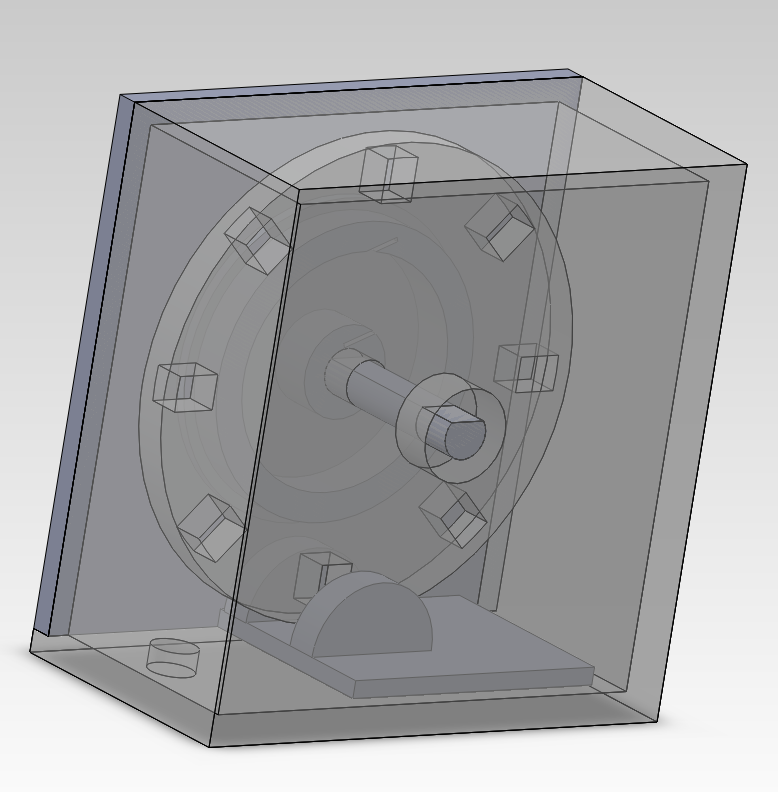
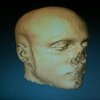

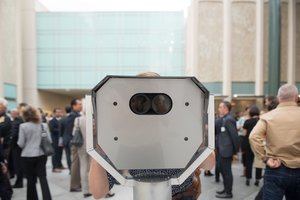
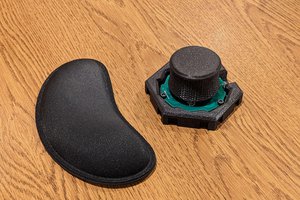
 colton.baldridge
colton.baldridge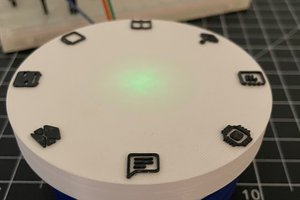

I have a feeling that a fast enough pull would either rip the string out of the box, break it or break the box itself.
But I do applaude you for trying to get some measurement devices into the gym